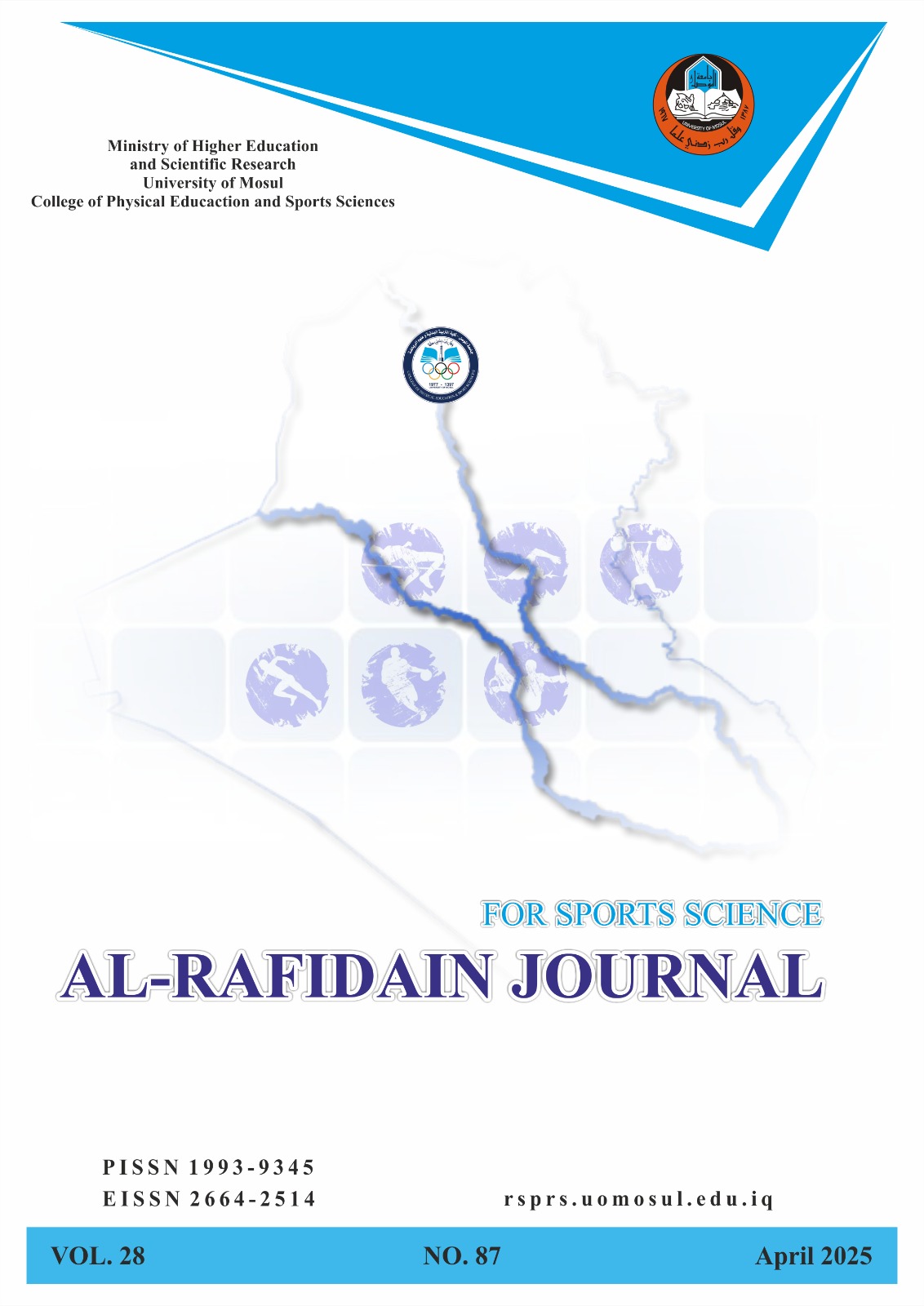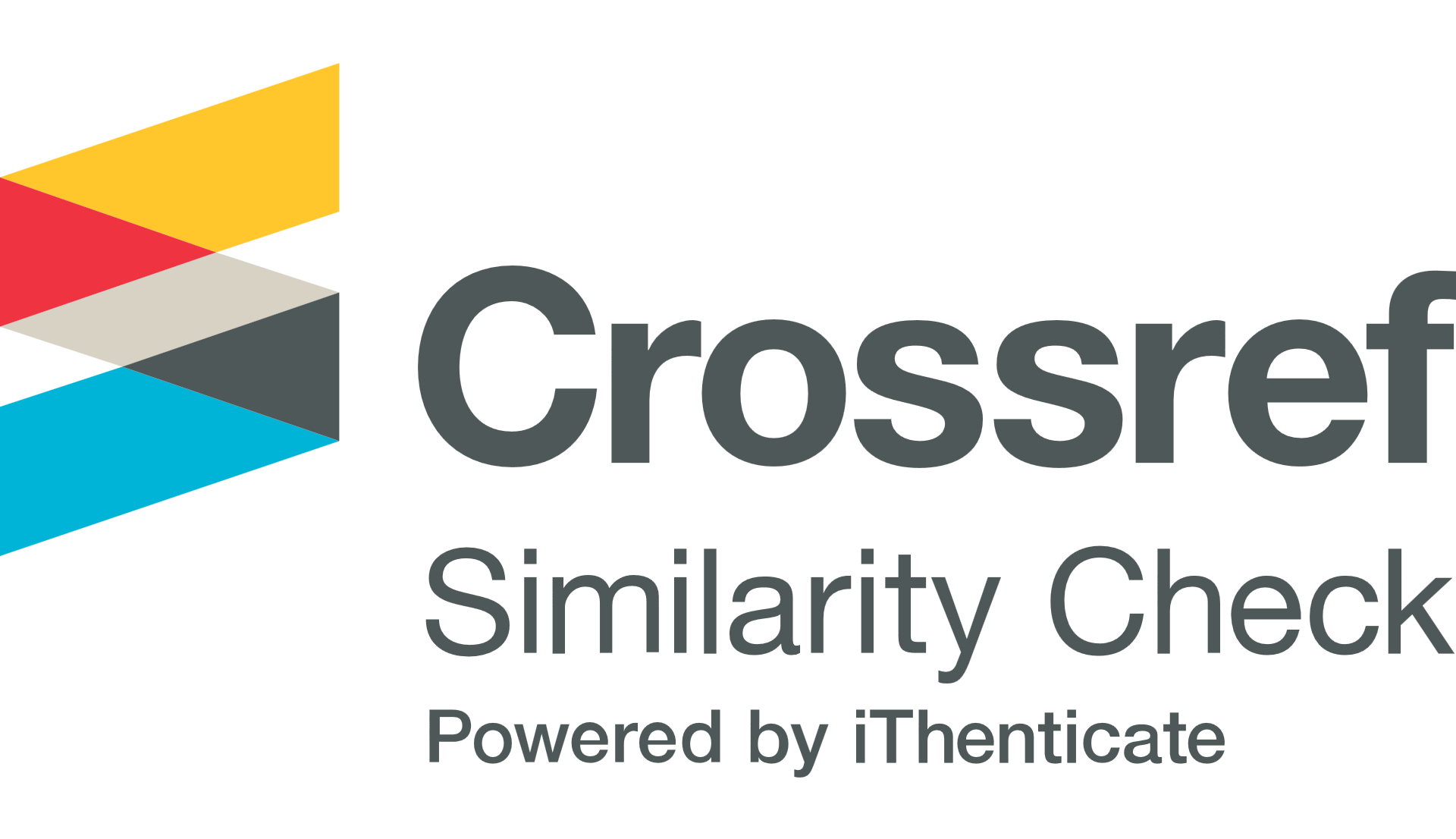The Effect of Reactive Agility Training on Various Types of Speed for Young Futsal Players
Abstract
The study aims to:
Identify differences in various speed variables for the experimental group players between pre-tests and post-tests.
Identify differences in various speed variables for the control group players between pre-tests and post-tests.
Identify differences in various speed variables between the experimental and control groups in the post-test.
The researchers used the experimental method due to its suitability for the nature of the research. The experiment was conducted on a sample of 20 young players from Ninawa Sports Club, aged under 16 years. The players were divided into two groups (experimental and control), with 8 players in each group after excluding 4 players (2 who did not complete the tests and 2 who were goalkeepers). Homogeneity was achieved in age, height, weight, and training age variables, and equality was established between the two research groups in the motor variables identified by the experts.
The experimental design adopted was the randomized control group design with pre-test and post-test. The research procedures included designing reactive agility exercises, which were applied to the experimental group. Several pilot studies were conducted to determine the exercises used and their appropriate intensities, repetitions, and rest times. Following that, pre-tests for speed variables were conducted. The experimental group performed reactive agility exercises, while the control group followed the program prepared by the team coach. The experiment lasted for 9 weeks, spanning three medium cycles with 9 minor cycles, with a 2:1 load movement ratio in each medium cycle and 3 training units per week. Post-tests for speed variables were conducted following the same procedures as the pre-tests. Data was statistically processed using the SPSS program to obtain the mean, standard deviation, skewness coefficient, percentage, paired t-test, independent t-test, and effect size (Test Eta Squared) (Cohen d Test).
The most notable results showed that the reactive agility exercises performed by the experimental group led to improvements in most speed variables by comparing the pre-test and post-test results of the experimental group players.






